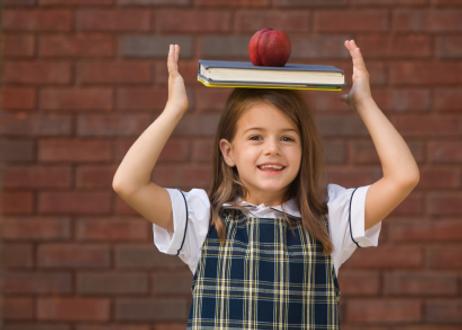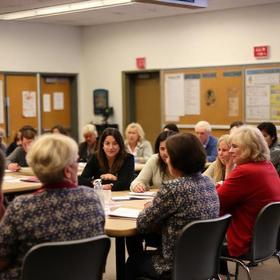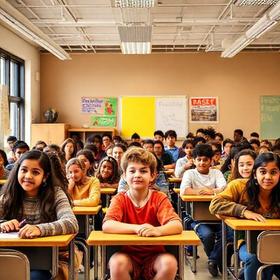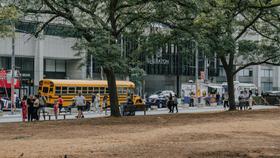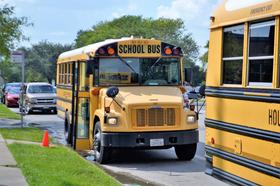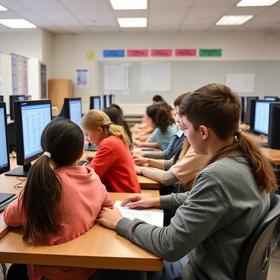Once children have graduated from diapers and baby food, the next big decision for parents becomes where to send their precious tots to school. There are many choices available to parents today, from the neighborhood school down the street to charter and private schools in the area. How does a parent know which school will be the best fit for his child? The choice is never easy, but it helps to weigh the pros and cons of each of these types of schools to see which might present the greatest benefit.
Cost
One of the first variables parents must weigh when comparing the various types of schools is cost. Public schools are “free” institutions by law, although they may charge fees and students may be required to provide their own supplies. Charter schools are also considered public schools, so there is no tuition cost assessed. However, private schools can – and do – charge tuition to students and their parents, and in some cases, those costs can be rather high.
According to a report at Fox News, the average tuition cost for private secondary schools during the 2007-2008 school year was around $10,500. Great Schools also cites statistics from the National Catholic Education Association that show while private parochial schools tend to charge lower tuition rates, the average tuition for these schools is still around $2,600 for elementary schools and nearly $7,000 for secondary schools.
Enrollment
Public schools are required to accept all students within that district, without discrimination based on race, gender or socioeconomic status. Charter schools are also prohibited against discriminating against students. However, these schools are often in high demand and may hold lotteries or similar arrangements for determining which students gain admission.
Private schools are not subject to discrimination rules and can be much more selective about the students they enroll. For example, some schools may have a lengthy application and interview process students must undergo prior to admittance. These schools might also restrict admission to students of a specific religious affiliation or ethnicity.
This video compares public and charter schools.
Teacher Qualifications
Teachers at public schools are required to be certified by the state, which shows they have undergone a degree of training that includes college coursework and student teaching experience. By the same token, teachers in private schools are not required to hold teaching certification, which tends to attract more experts in a specific field, rather than those with actual teacher training.
Face the Facts USA also presents the point that more teachers in public schools hold higher degrees than teachers employed by private institutions. According to statistics cited on the website, around 52 percent of the 3.3 million public school teachers in the United States today hold a master’s degree. At the same time, around 38 percent of the 400,000 teachers working in private schools have a master’s degree. The website also states that students with teachers who hold master’s degrees tend to perform better on math assessment examinations at both the fourth and eighth-grade levels.
This video compares public and private schools.
Class Size
Many parents look to private schools because of the perception that these schools boast smaller class sizes. However, classroom numbers appear to vary considerably between both public and private schools. Many school districts across the country strive to keep class sizes small from kindergarten through third grade when smaller classes tend to mean a better learning environment for students.
By fourth grade, the number of students in a class can begin to increase considerably, particularly in public schools located in large districts or urban neighborhoods. While private schools do tend to maintain lower student-teacher ratios, that is not always the case. In fact, some religious private schools may traditionally have larger classes than what is typical at the public schools nearby. Many charter schools also boast better student-teacher ratios, but it depends on the specific school in this category as well.
Special Services Availability
Under federal law, public schools are required to provide all students with quality education, including students with special needs. Every school district will offer some sort of special education program to meet those needs, although the program may not be available at every school within that district. Private schools and charter schools are not required to provide special needs programs, which leaves fewer students in this category at these schools. Those that do enroll may be advised to look elsewhere for their education needs.
This video shows how one high school accommodates children with special needs.
Social Aspect
Public schools are well known for the diversity of their student populations, bringing in students from the far reaches and the inner cities of their districts. Many parents and educators believe this provides students with a better “real world” experience that prepares them for life beyond the classroom. Students at private schools may be more academically inclined, facing rigorous admission requirements and an ongoing curriculum that involves intensive study. Students who fall into this category may feel more at home with others who are equally driven.
Test Scores
Then comes the “bottom line” of school quality – how do test scores stack up for a particular institution? Although private and charter schools may show better scores than their public counterparts, the results may be misleading. The student diversity at public schools could impact test scores much more than instructional quality at the school. When the differences are stripped away, public schools often perform as well – or even better – than private schools in the area.
Choosing a school for your child is never an easy decision, with many options available today. By carefully weighing the pros and cons of each type of school in your area, you may equip yourself with the necessary information to make the best choice for your child.
Questions? Contact us on Facebook. @publicschoolreview

